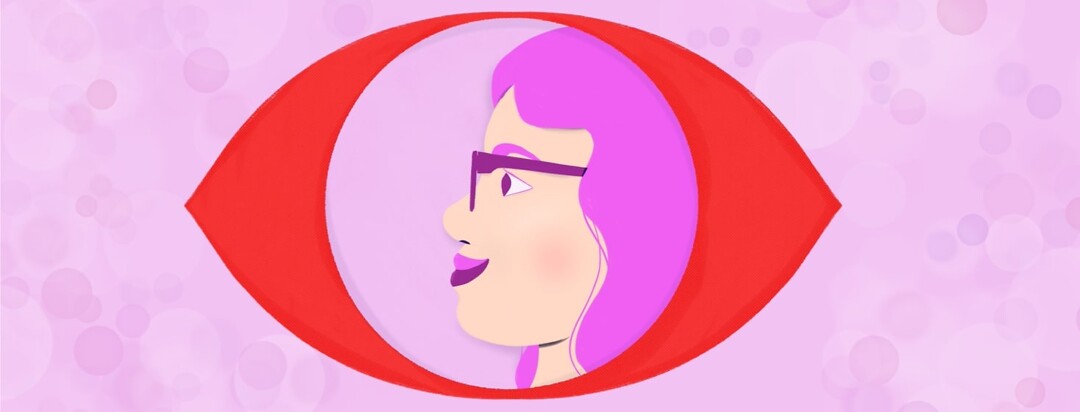Looking Back on Cataract Surgery With Type 2 Diabetes
After having cataract surgery on both of my eyes I have a whole new outlook on the world! For the first time since I was a child, I’m able to see clearly without glasses. The world is a brighter place.
In my last post, I wrote about my experience going through cataract surgery. Since then, I’ve had a chance to reflect on the experience and what I might have done differently.
Tips for cataract surgery with type 2 diabetes
Here are a few things you might want to consider in advance if you are considering cataract surgery.
Make sure your ophthalmologist understands your lifestyle and habits
There are a number of approaches to cataract surgery. There are different kinds and strengths of intraocular lens (IOL).1 The IOLs inserted into both eyes don’t necessarily need to be the same strength. You can have both eyes operated on at the same time or two operations separated by several weeks.
By understanding the type of work you do, your regular activities, and how you depend on your sight your ophthalmologist can identify the treatment approach that will work best for you. For instance, I had each eye operated on separately with a couple of weeks in between the two surgeries. A big reason for this is because my work requires a lot of screen time and I didn’t feel like I could chance not being able to work for up to a month because both eyes were healing at the same time.
When it comes to healing, be patient
There’s no way to make healing go any faster. And both eyes won’t necessarily heal at the same pace.
Maintaining good management of your blood glucose levels will help with healing and your overall eye health. High blood glucose levels can change the shape of the eye and disrupt healing. Your ophthalmologist will want to know your latest A1C results before surgery is scheduled and your blood glucose level will be checked as you prepare for surgery. Surgery can be delayed if your levels are too high.
With my right eye, my sight was completely clear within a couple of days. The healing in my left eye took longer. While my sight was noticeably clearer within a couple of days, my left eye stayed highly sensitive to light for weeks after. And I experienced eye strain that forced me to take regular breaks from my computer screen — not necessarily a bad thing.
Get used to taking eye drops beforehand
When I was going through my screening appointments in advance of surgery I kept getting asked if I take eye drops. At first, I thought they wanted to know if I was taking drops for glaucoma. Little did I know that they were checking to see if I was comfortable giving myself eye drops. Some people hate taking eye drops or find it difficult to do.
After surgery, taking multiple drops for weeks on end is part of the healing process. The kind of eye drops prescribed and for how long can vary. I got two kinds of drops: an antibiotic and an anti-inflammatory. I started off having to take both four times a day, five minutes apart from each other. Over the next month, the amount and frequency tapered off. At the end, I was taking one drop twice a day.
My eye drop schedule was made more complicated by having my eyes operated on at different times. Because of this, I had two different mixes of drops going on at the same time. To keep it all straight I anchored my eye drop schedule to my blood glucose checks. I wrote notes on the eye drop labels to remind me how many times I needed to take it each day and which vial was for what eye. To make sure I waited the full five minutes between drops I used the timer on my phone.
You might have to wear some funny glasses while your eyes heal
Because I had each of my eyes operated on separately I couldn’t just stop wearing my glasses after the first operation. But I couldn’t just keep wearing them as-is either. I ended up having the right lens removed from my glasses after the first operation. That way I could still see out of both of my eyes and continue my normal routine and work. The only time it was obvious was when I was out in the sun and the tinting in my left lens was activated.
Over-the-glasses tinted goggles are handy to have post-op
When you come out of surgery your pupils will likely still be dilated, so your eyes will be light sensitive. This sensitivity can continue during healing for days or weeks. To protect my eyes I wore over-the-glasses tinted goggles as I left the hospital and for several days after surgery. Sunglasses with UV protection can also work well to protect light-sensitive eyes.
Enjoy the new sights!
In the days after surgery, I found myself looking really intently at the world around me. Being able to see clearly the individual leaves on the trees lining the street I live on or how the sky was intensely blue was a new joy. Going through cataract surgery and the recovery took some effort and attention. For me, the results made it well worth it.

Join the conversation